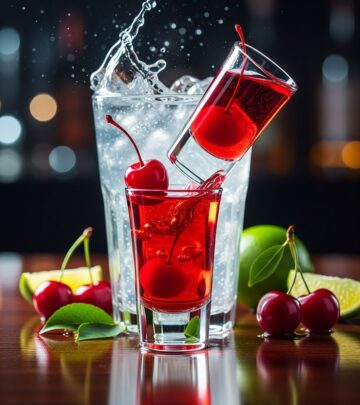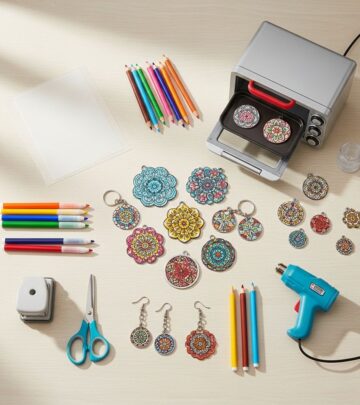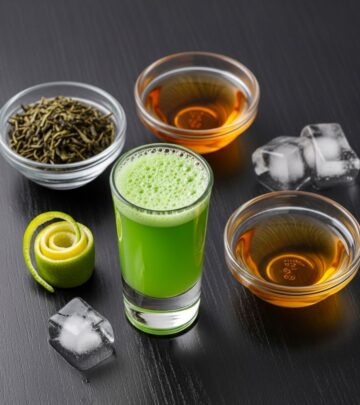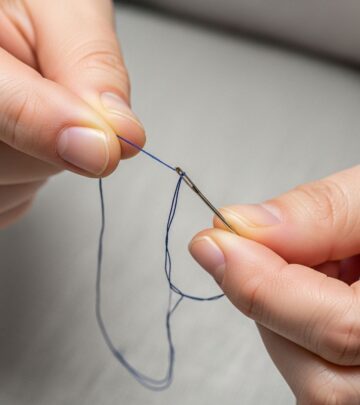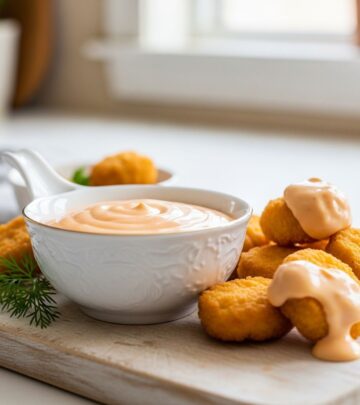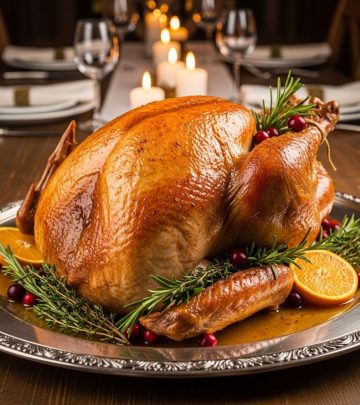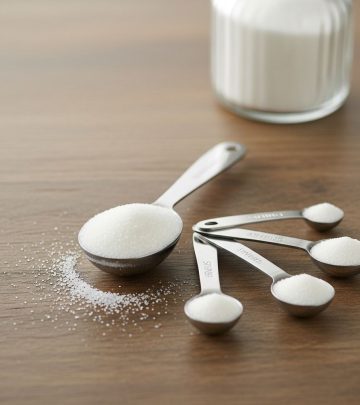How to Make Rainbow Rice in 5 Minutes: A Fun Sensory Activity for Kids
Experience endless creative play for kids with this fast, simple rainbow rice sensory craft—vivid, mess-free, and lasting fun for every family.
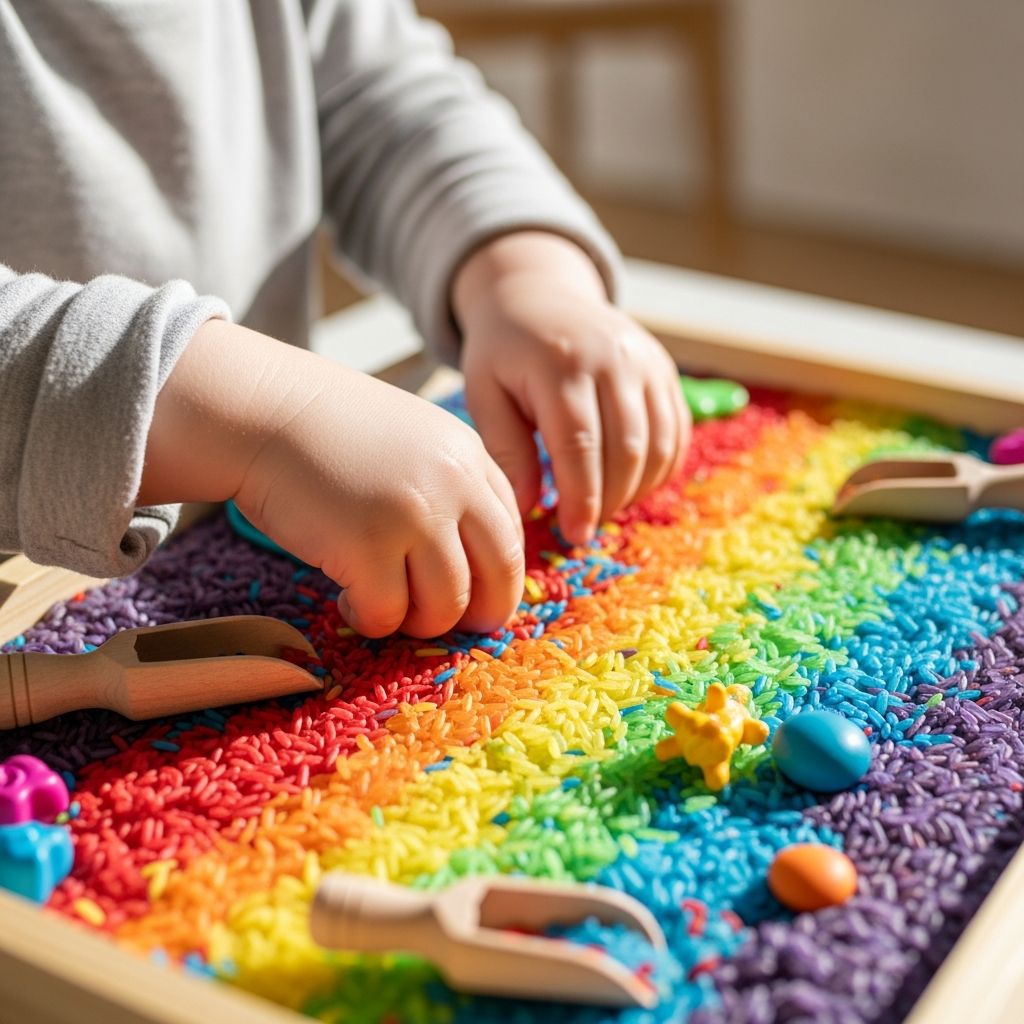
How to Make Rainbow Rice in 5 Minutes
Rainbow rice is a beloved, quick DIY craft perfect for kids’ sensory activities. With minimal ingredients and simple steps, you can make batches of vibrant, non-toxic colored rice that fosters creativity and provides hours of entertainment. This guide will show you all you need to know—from ingredients and instructions to storage, safety, FAQs, and creative play ideas.
What is Rainbow Rice?
Rainbow rice is simply uncooked white rice dyed in bright colors. It’s widely used for sensory bins, art projects, and fine motor play. The texture, color, and sound of rice make it a wonderfully engaging material for toddlers, preschoolers, and kids of all ages.
Why Make Rainbow Rice?
- Quick and Easy: The whole process takes about 5 minutes per color.
- Educational: Supports color recognition, sensory exploration, and early math through measuring and mixing.
- Safe Materials: Uses non-toxic ingredients.
- Reusable: Properly stored rainbow rice can last for years.
- Customizable: Choose any combination of colors and add scents if desired.
Supplies Needed
- Uncooked white rice (any type; long or short grain)
- Food coloring (liquid or gel for brightest color)
- White vinegar (acts as a color fixative and preservative)
- Small plastic zip or sealable baggies (one per color batch)
- Wax paper or parchment paper (for drying)
- Spoons and measuring cups
- Airtight container for storage
Step-by-Step Instructions
- Add Rice:
Measure and pour 1 cup of uncooked white rice into a plastic baggie. Adjust the amount based on your needs and available bags.
- Add Food Coloring:
Drip a few drops of food coloring (liquid or gel works; gels require less) into the bag. Use more for deeper, more vivid color.
- Add Vinegar:
Add 1 teaspoon of white vinegar per cup of rice. Seal the bag completely.
- Mix the Bag:
Shake the sealed bag vigorously until all the rice grains are evenly coated with color. This step is perfect for letting kids participate.
- Dry the Rice:
Pour the colored rice onto a sheet of wax or parchment paper. Spread it out into a thin layer. Let it dry naturally for at least 1 hour. If you want a more thorough dry or plan to store it long-term, leave it for several hours or overnight.
- Repeat for All Colors:
Repeat steps 1-5 with additional baggies for every color of the rainbow, or for your custom palette.
Alternative Methods
- Without Vinegar: You can use liquid or gel children’s paint instead of food coloring. This eliminates the need for vinegar. However, the finish will look more opaque, and the paint may cover each grain more thoroughly, altering the final look. Keep in mind that vinegar acts as a preservative, helping extend the rice’s shelf life and preventing mold.
Some makers use hand sanitizer to help distribute color and dry faster, as described in some teacher blogs, but vinegar is preferred for safety and preservation.
- Scents and Add-ins: Add a drop or two of child-safe essential oil (like lavender) to provide a pleasant scent and additional sensory benefit, but ensure no allergies or sensitivities.
Drying Time: How Long Does Rainbow Rice Take to Dry?
The rice generally feels dry in under an hour. For best results, especially if storing for months, mix the rice around a couple of times during drying to ensure even dryness. You can optionally let the rice dry overnight to fully remove moisture and prevent clumping or molding in humid climates.
Storage and Longevity
- Container: Store your finished rainbow rice in an airtight container or ziplock bag. This helps prevent moisture from causing mold or mildew.
- Longevity: With proper drying and storage, your rainbow rice can last for years. Some users report enjoying the same batch through multiple seasons of play.
- Reusability: Put the rice in a sensory bin or tray for play, and return it to the container when finished.
Tips for the Best Results
- Vivid Colors: Use more food coloring for brighter rice. Gel types work well for intense shades.
- Mess-Free Play: Place a play mat or towel beneath the sensory bin to catch stray grains and make cleanup easier.
- Avoid Stains: Dry the rice thoroughly and supervise children if you are worried about food coloring staining skin or surfaces. Once dry, most commercial colorings will not transfer much.
- Test First: If you’re unsure how a food dye will act, make a small test batch first and check for odor or residue before scaling up.
Rainbow Rice Color Table
| Color | Drops of Food Coloring | Tips for Vibrancy |
|---|---|---|
| Red | 8-10 red | Use gel for deeper red |
| Orange | 5 orange, 2 red | Mix red and yellow if you lack orange |
| Yellow | 8-10 yellow | Use more drops for brighter color |
| Green | 8-10 green | Add blue to deepen shade |
| Blue | 8-10 blue | Gel provides intense blue |
| Purple | 5 blue, 3 red | Mix red and blue for custom hue |
Fun Sensory Play Ideas with Rainbow Rice
- Sensory Bins: Fill a large plastic bin or tray with rainbow rice, then add measuring spoons, small toys, and cups for scooping and pouring.
- Letter or Number Practice: Use rice to trace letter or number shapes or hide alphabet beads for discovery games.
- Sorting Games: Challenge kids to sort rice by color into different cups or bowls.
- Arts & Crafts: Glue colored rice to construction paper to make mosaics and collages.
- Sensory Bottles: Add colorful rice and small trinkets to clear plastic bottles for calming sensory jars.
Frequently Asked Questions (FAQs)
How long does the rainbow rice last?
If dried and stored properly in an airtight container, rainbow rice can last for years without losing color or growing mold. Check occasionally for any signs of moisture or odor before play.
Can I make rainbow rice without using vinegar?
Yes, you can use a few drops of children’s paint to color the rice instead of food coloring and vinegar. However, vinegar helps fix the dye and acts as a preservative, protecting against mold. Paint may make the color more opaque, while food dye with vinegar looks more translucent.
Does the vinegar leave an odor on the rice?
The smell of vinegar is minimal and typically disappears once the rice is fully dry. Most people, including those with sensitive noses, report no noticeable vinegar smell in the finished product.
Will the food coloring transfer to hands during play?
Once the rice is dry, food coloring typically does not transfer to hands. To ensure this, allow for complete drying, mix the rice during the drying process, and avoid using excessive coloring. If a little does transfer, it washes off easily with soap and water.
What should I do if rice gets on carpets or clothes?
It’s best to use rainbow rice over a play mat or in a contained sensory bin to limit mess. Food coloring can stain some textiles, so clean up spills right away and launder fabrics as soon as possible. Carpets may need professional cleaning for stubborn stains, so take precautions if playing indoors.
Is rainbow rice safe for babies or pets?
This recipe is non-toxic, but always supervise young children and prevent consumption of rice or small loose objects. Avoid for children who are prone to mouthing non-food items. Keep away from pets.
Can I use brown rice or other grains instead?
White rice provides the brightest results, but you can experiment with brown rice or grains. The final color may be more muted.
What if my rice gets wet or moldy?
Discard any rice showing signs of moisture, mold, or odor. Always allow rice to dry thoroughly before storage and play, and store in airtight conditions.
Creative Extensions and Additional Resources
If you loved this project, explore further by:
- Trying multi-layered rainbow jars for a fun visual display.
- Pairing colored rice with themed sensory bin items for holidays or educational topics.
- Creating letters or shapes with glue and sprinkling rice on top as a tactile drawing activity.
- Mixing colored rice with dried beans, pasta, or lentils for unique textures.
- Visiting craft and educational blogs for hundreds more DIY inspiration ideas.
Final Tips
- Supervise children during play, especially those under age three.
- Keep rice off carpets and out of mouths, and always store away from pets.
- Label your storage container with the date you made the batch.
Now you have everything needed to start making rainbow rice at home in just minutes. Enjoy creative craft time and sensory play together—all with this easy, vibrant DIY recipe.
References
- http://www.teachertypes.com/2015/05/how-to-make-perfect-rainbow-rice.html
- https://abeautifulmess.com/make-rainbow-rice-in-5-minutes/
- https://www.youtube.com/watch?v=xOlFffw_YW4
- https://www.youtube.com/watch?v=9Nmc0U2zstU
- https://abeautifulmess.com/category/crafts/
- https://abeautifulmess.com/category/diy/page/7/

